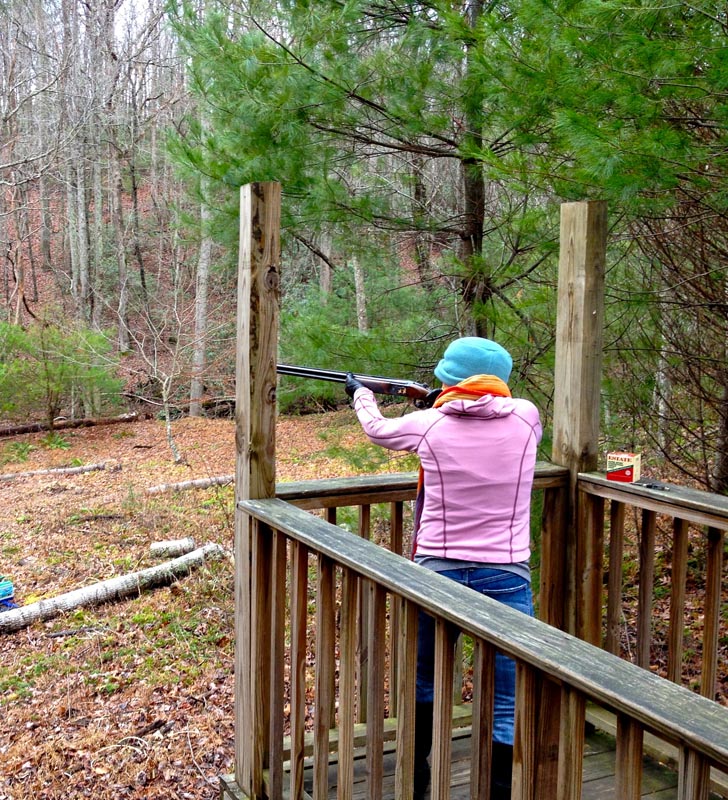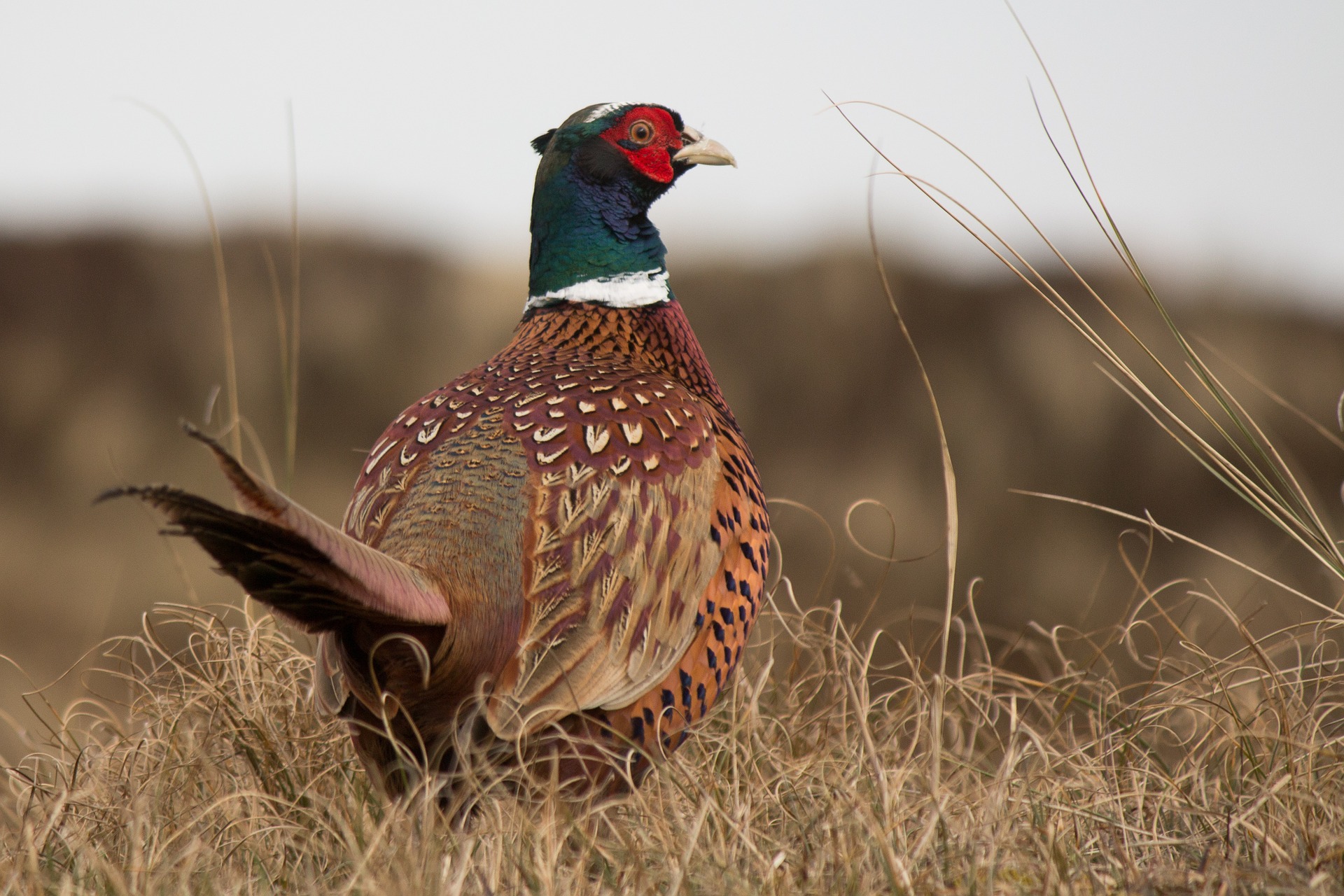While shooting your own dinner is the sine qua non of localness, you should be allowed to draw the line.
At Kelmscott Farm, I raised farm animals that met their death for the sake of high-end restaurants. On a recent weekend, I was shooting birds for sport, and yes, for food. But pulling the trigger put my meal just too close for comfort.
I joined a group of women who, judging from their gun bags and hunting attire, were experienced hunters. I, on the other hand, arrived on the first morning wearing blue jeans, a running jacket, and a fuzzy winter hat. My motivation for joining these women was to know more about the clamor to eat local food, to be close to food and to know its origins — and even the sometimes the unglamorous path that food takes to our plates.

Why does anyone hunt? Some hunt to eat. When we lived in Maine, our neighbors were grateful when deer season came, that dusky month or two that enabled them to kill enough deer to fill their freezers until the spring when their gardens took over as a source of food. Others hunt for sport. Some say they hunt to gain a sense of control over their circumstances, a connection with their food, an almost primal feeling of making and creating their own sustenance. George Orwell explains why he shot an animal in his 1936 essay, “Shooting an Elephant.” But he was commenting on British imperialism, and I am only musing about a weekend with women who shoot pheasants.
It’s not quite like making your own cheese, drying your own jerky or fermenting your own beer. Killing your own meat requires an ability to suffer the suffering of a living animal—in this case, a beautiful bird with sapphire- and amethyst-colored feathers, whose wings flapped, their soft sound veering overhead as it was flushed out of the dry grasses.
“It’s not quite like making your own cheese, drying your own jerky or fermenting your own beer.”
I was brilliant on the skeet range, carefully aiming the gun, peering down the muzzle and waiting intently for the speck of orange to fly up in the air or skitter across the ground. But in the field, I held back, fumbling, hesitating and hoping others would cover for me.
It appeared that I couldn’t bag a bird. But my eagle eyes enabled me to return to the lodge with one. I spied it in the grass and pointed it out to the pointer dogs, who then scooped it up and mangled it to death for my benefit, enabling a triumphant return to Austin with a cooler and a pheasant, which most thought I shot. Actually, I just pointed, and the pointers got the point.
While hunting for my next meal probably won’t be in my future, getting to know these women and learning how to load a shotgun was time well spent. And all those missed shots and spent bullets raised for me the possibility that you can be too close to your food, at least as defined by the length of your rifle.

Author
The same sense of wonder that called Dr. Robyn Metcalfe to run the great deserts of the world has led her to take on the task of mapping our current food supply. A historian, desert distance runner and food futurist with a lifelong hunger to take on irrational challenges, Robyn Metcalfe marvels at what it takes to simply create a peanut butter and jelly sandwich.